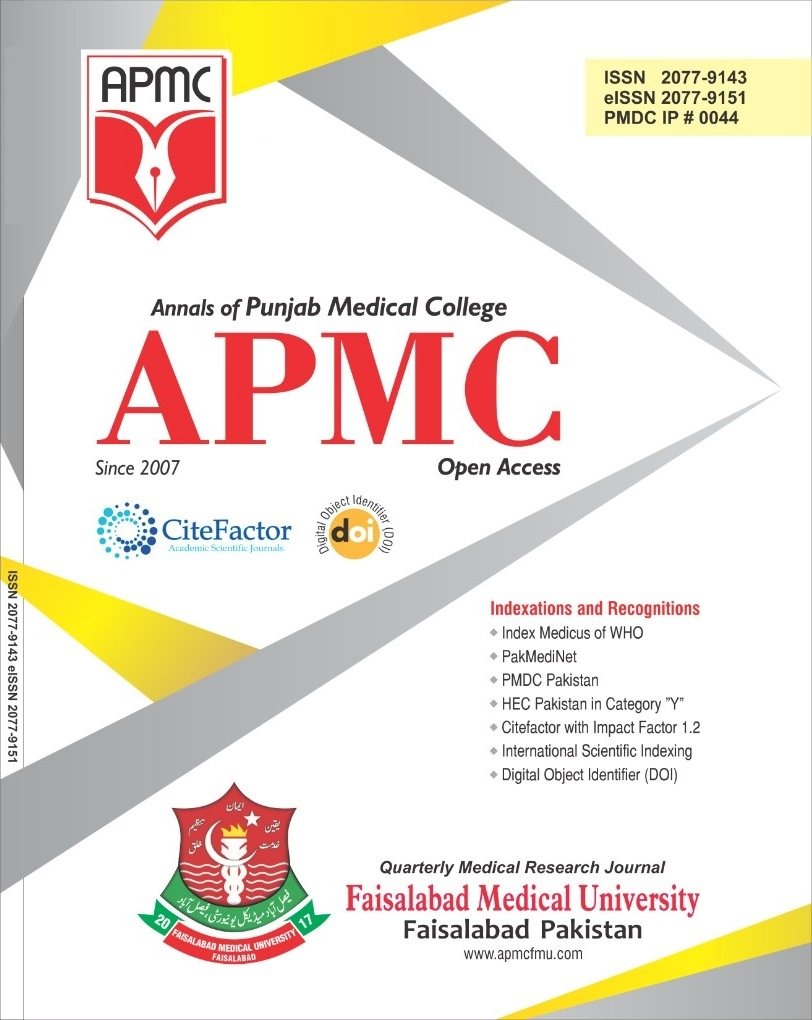Stereoacuity in Varying Degrees of Myopia Before and After Correction
Abstract
Background: Stereoacuity is measure of three-dimensional perception due to binocular disparity, helps in recognizing depth while perceiving distance, along supporting in recognition of solid objects. Objective: To compare the stereoacuity among varying degrees of uncorrected myopia and after its correction. Secondly, to compare stereoacuity before and after correcting myopia. Study Design: Comparative cross-sectional study. Settings: University Of Lahore Teaching Hospital, Lahore Pakistan. Duration: Study duration was from September 2020 to May 2021. Methods: Sample size was calculated by sample size calculation formula and it was 60. 17 males and 43 were females, aged 18 to 25 years by using non-probability convenient sampling technique. Proforma was used to collect relevant data after taking informed consent. Stereoacuity was measured by using Titmus test before and after correcting varying degrees of myopia. Results: Varying degrees of myopia included 34 patients having low myopia, 21 moderate myopia and 5 patients were high myopic. There was significant difference of stereoacuity in low, moderate, high degrees of myopia (p value =0.00). Mean stereoacuity was 579 ± 1050 seconds of arc. More reduction in stereoacuity was noted in high myopes. Comparing stereoacuity before and after correction depicted significant improvement in stereoacuity (p value =0.019) after correction. Conclusion: Varying degrees of myopia have significant difference in their stereoacuities. So, correction of myopia is very important for preserving of the third grade of binocular single vision.

 This work is licensed under a
This work is licensed under a 